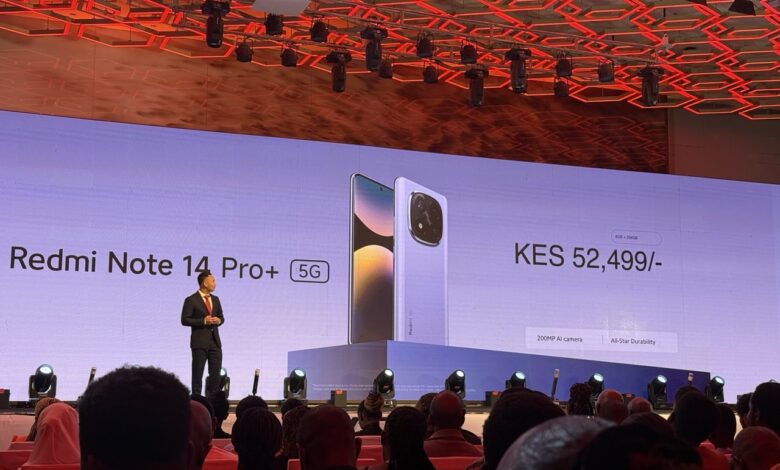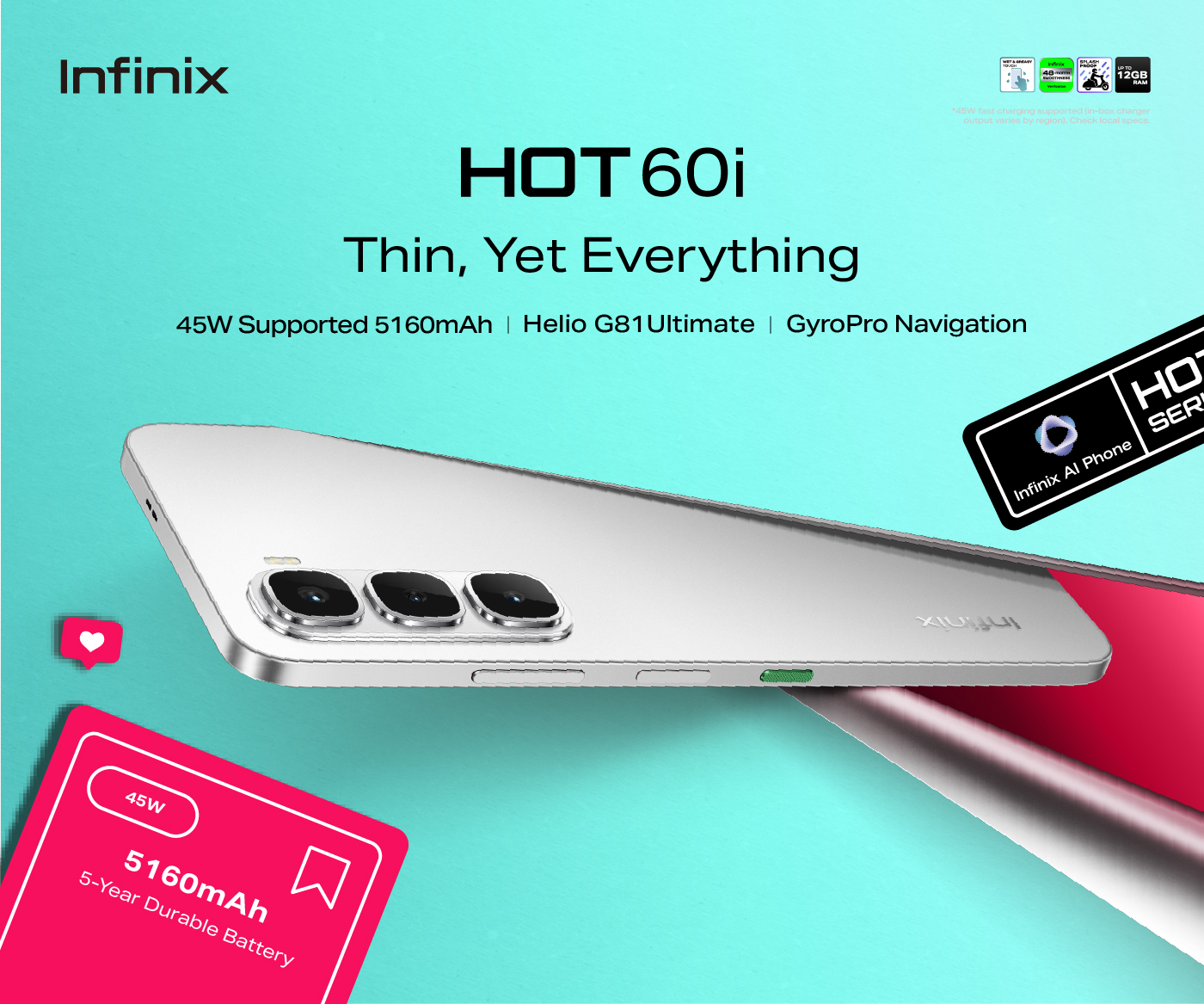
Insights At a Glance:
- 5G subscriptions: 1.18M (up 17.1%)
- 4G subscriptions: 36.26M (up 1.5M)
- 3G subscriptions: 6.99M (down 600K)
- 2G subscriptions: 12.74M (up 28K)
We’re living in the age of AI, foldable phones, smart fridges, and high-speed everything. Yet somehow, in 2025, 2G network is still alive and kicking in Kenya—and not just surviving, but growing.
According to the latest Q3 Sector Statistics Report by the Communications Authority of Kenya (CA) for the period January 1-March 31, 2025, mobile data and broadband services are growing at a healthy pace—but not without a few digital paradoxes.
5G Subscriptions: Growing, But Still Tiny
Let’s start with the good news: 5G is growing. From 1.01 million subscriptions in December 2024, the number jumped to 1.18 million by March 2025—a 17.1% increase in just one quarter. That’s a strong signal (pun intended) that more Kenyans are embracing faster, more reliable mobile internet.
Why does this matter? Because 5G isn’t just about streaming TikToks faster—it powers smart cities, IoT, cloud gaming, and tech-driven industries. In short, it’s the future. But that future is still very unevenly distributed.
4G Keeps Leading the Pack
While 5G grows steadily, 4G remains the undisputed king. The number of 4G subscriptions climbed from 34.78 million to 36.26 million in the quarter—a gain of nearly 1.5 million users.
The strong 4G growth shows that more Kenyans are now being upgraded to faster network thanks to Kenya’s efforts to bridge the digital divide in underserved communities, particularly as data prices become more competitive and smartphones more accessible. It’s also a clear sign that 4G continues to be the sweet spot between affordability, speed, and network availability.
3G Is Finally Losing Steam
Now here’s a trend worth clapping for: 3G subscriptions are finally falling. From 7.6 million in December, the figure dropped to 6.99 million in March—a drop of about 600,000 users.
Why is this a good thing? Because 3G is a bit like that old TV you can’t connect your Netflix to. It’s outdated, less efficient, and not very friendly to modern apps or services. A drop in 3G and a rise in 4G signals people upgrading to faster, better tech. So far, so good.

But 2G Is… Rising?
Here’s where things get weird. Instead of declining, 2G subscriptions increased. From 12.71 million to 12.74 million in the same period, 2G saw an unexpected spike.
That’s right: in 2025, Kenya added over 28,000 new 2G subscriptions.
How is this even possible, especially when countries like the US, UK, and South Korea have completely switched off their 2G and 3G networks? There are a few possible explanations:
- Ultra-low-cost feature phones still rely on 2G for basic voice and SMS.
- Machine-to-machine (M2M) devices, like POS systems and some vehicle trackers, still use 2G.
- Rural and underserved areas may still lack reliable 3G/4G/5G coverage, making 2G the only option.
Still, the fact that Kenya is adding more 2G users than 5G users is a digital contradiction we can’t ignore.
What Does This Mean for Kenya’s Digital Future?
Kenya’s ICT sector is clearly growing. Mobile data subscriptions rose to 57.18 million, while broadband subscriptions hit 44.44 million. Smartphone adoption also climbed to 42.35 million, showing that Kenyans want and are ready for modern digital services.
But this leap forward is being dragged down by legacy infrastructure—and possibly, legacy mindsets. Holding on to 2G in 2025 is like insisting on sending faxes when the rest of the world uses email.
For Kenya to fully unlock the potential of its digital economy, there needs to be:
- A phased shutdown plan for 2G and 3G networks (like what India and South Africa are working on).
- Better incentives for rural 4G/5G rollout.
- Affordable 4G/5G phones for everyone.
- Upgraded infrastructure to support nationwide fast internet access.
While Kenya is clearly connected and getting more connected. We need to make sure the whole country is on the same (fast) page—because in 2025, slow networks should be left in the past.


